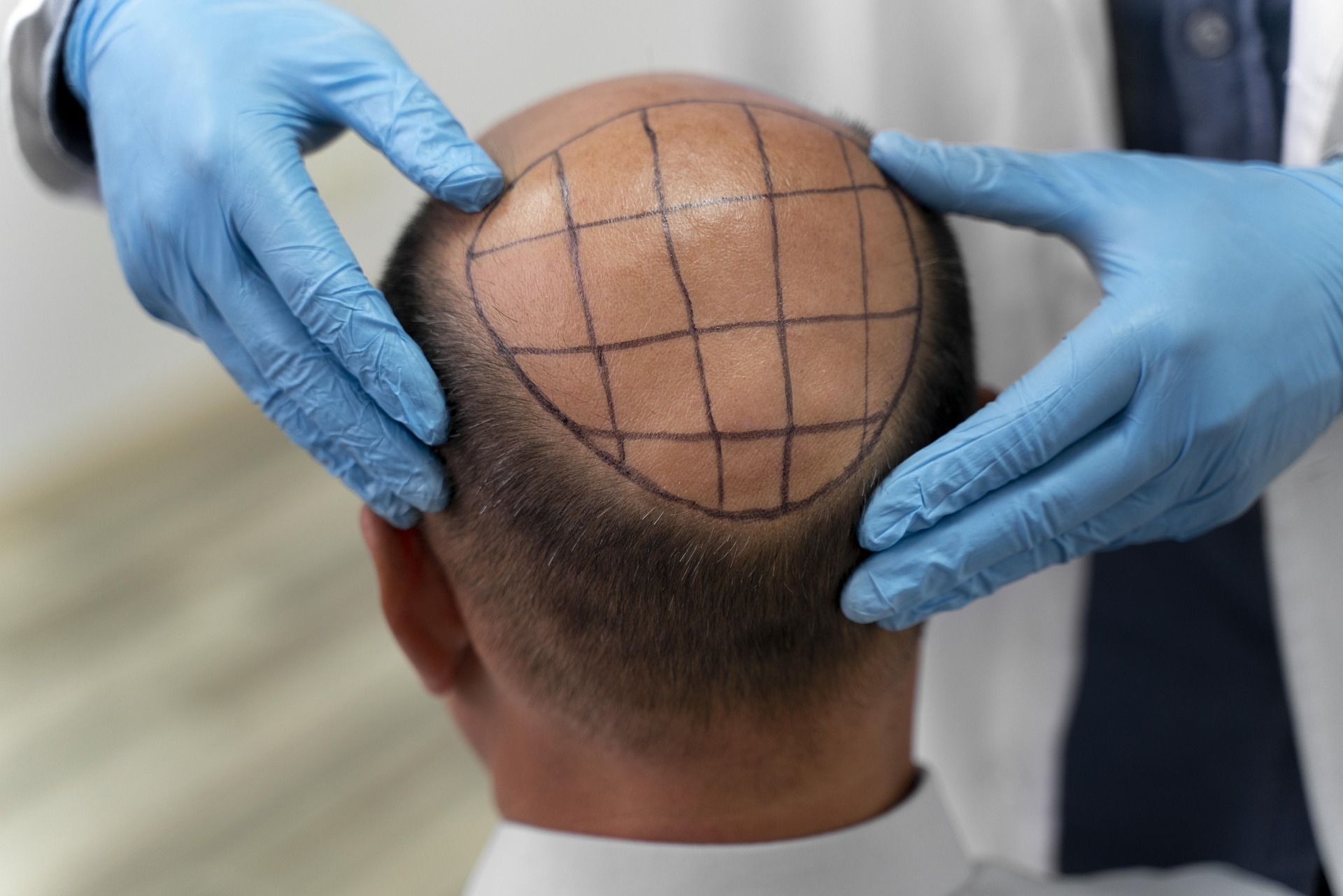Advanced Hair Transplants: Restoring Confidence Naturally
Discover how modern hair transplantation provides a long-lasting, natural-looking remedy for hair loss. This article explains surgical techniques, who is a good candidate including women, what to expect at a clinic visit, how to choose the right surgeon, and the differences between scalp and eyebrow transplants to help you make an informed choice.

Advanced Hair Transplants: Restoring Confidence Naturally
Hair transplantation has developed into a reliable solution for people coping with thinning hair or balding. By relocating healthy hair follicles to areas where hair has been lost, surgeons can create a fuller, natural appearance that often restores self-esteem. Below is a practical overview of how the procedure works, who may benefit, what happens at the clinic, how to pick the right specialist, and how eyebrow transplants differ from standard scalp procedures.
How the procedure works
Modern hair restoration typically begins with harvesting hair follicles from a donor region, most commonly the back or sides of the scalp where hair tends to remain dense. Surgeons extract individual follicular units and implant them into tiny recipient incisions placed in the thinning or bald zones. The transplanted follicles follow their natural growth cycle and gradually produce hair that blends with the surrounding native hair.
Most clinics use follicular unit extraction, or FUE, which removes follicular groups one at a time to minimize scarring and allow faster healing. Local anesthesia keeps the patient comfortable during the several-hour process. After implantation, new hair will shed initially in many cases, then begin to regrow within a few months, with increasing density over the following year.
Are women candidates for hair transplantation?
Women can be excellent candidates, especially those experiencing diffuse thinning rather than complete pattern baldness. Female hair loss may stem from genetic predisposition, hormonal shifts, or medical conditions, and it can have a significant emotional impact. Unlike many male cases, female hair restoration often requires careful redistribution of follicles across a wider area to achieve a natural, undetectable result.
A detailed assessment by a surgeon experienced in treating female hair loss is essential. The evaluation should include a review of underlying causes, medication history, and realistic expectations. In many female cases, complementary treatments or medical therapies are combined with transplantation to maintain existing hair and improve long-term outcomes.
What to expect during a clinic visit and on procedure day
Your experience starts with a thorough consultation. The surgeon will evaluate the pattern and extent of hair loss, examine donor supply, and discuss goals and likely results. Expect an explanation of possible risks, recovery timelines, and a customized plan.
On the day of the transplant you will receive local anesthesia to numb the scalp. Extraction and implantation are usually performed over several hours and may involve breaks for comfort. Many patients listen to music, watch videos, or relax during the process. Aftercare instructions are provided before you leave, covering wound care, medications for pain or inflammation, activity restrictions, and follow-up visits.
Short-term side effects can include swelling, mild pain, scabbing, and temporary numbness. These are generally manageable and resolve within days to weeks. Full cosmetic benefits build slowly: initial regrowth often appears at three to four months, with significant improvements by six months and final results typically visible by 12 to 18 months.
Choosing the right surgeon
Selecting a qualified hair restoration surgeon is one of the most important decisions you will make. Look for board certification and a proven focus on hair surgery. Ask how many transplant procedures they have performed, view before-and-after galleries, and request patient references when possible.
Discuss the surgeon’s technique preferences, expected graft survival rates, and how they plan to design your hairline for a natural look. Pay attention to communication style and whether the surgeon provides clear, realistic expectations rather than overpromising. A reputable clinic will explain possible complications and present alternative or adjunctive treatments when appropriate.
Eyebrow transplants: what makes them different
An eyebrow transplant is a refined variation of hair transplantation tailored for small, delicate zones. The basics are similar: donor follicles are harvested and implanted into tiny incisions. However, eyebrow work demands greater precision and an artistic eye to replicate the natural angle and density of brow hair.
Donor hair selection for eyebrows often focuses on finer follicles, frequently taken from areas like behind the ears. Fewer grafts are required per brow, commonly between 50 and 400 grafts depending on the extent of restoration. Transplanted eyebrow hair may initially grow faster than native brows and will need periodic trimming until it adapts to its new cycle.
Typical timelines and outcomes
| Procedure | Average Cost Range | Recovery Time | Typical Results |
|---|---|---|---|
| Standard Hair Transplant | $4,000 - $15,000 | 1-2 weeks | Noticeable growth in 3-4 months, full results in 12-18 months |
| Eyebrow Transplant | $3,000 - $8,000 | 5-7 days | Initial growth in 3-4 months, final results in 6-8 months |
| Female Hair Transplant | $4,000 - $15,000 | 1-2 weeks | Visible improvement in 4-6 months, full results in 12-18 months |
Prices, rates, or cost estimates mentioned in this article are based on the latest available information but may change over time. Independent research is advised before making financial decisions.
Final considerations
Hair transplantation can dramatically improve appearance and confidence when performed by an experienced team and when expectations are aligned with realistic outcomes. Key factors for success include adequate donor supply, appropriate technique selection, meticulous surgical planning, and adherence to post-operative care.
If you are exploring hair or eyebrow restoration, schedule a consultation with a qualified specialist who can evaluate your individual situation and recommend the best path forward. Combining surgical restoration with medical therapies and good scalp health practices often provides the most durable, natural-looking results.
This article is for informational purposes only and should not be considered medical advice. Please consult a qualified healthcare professional for personalized guidance and treatment.






